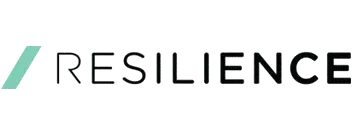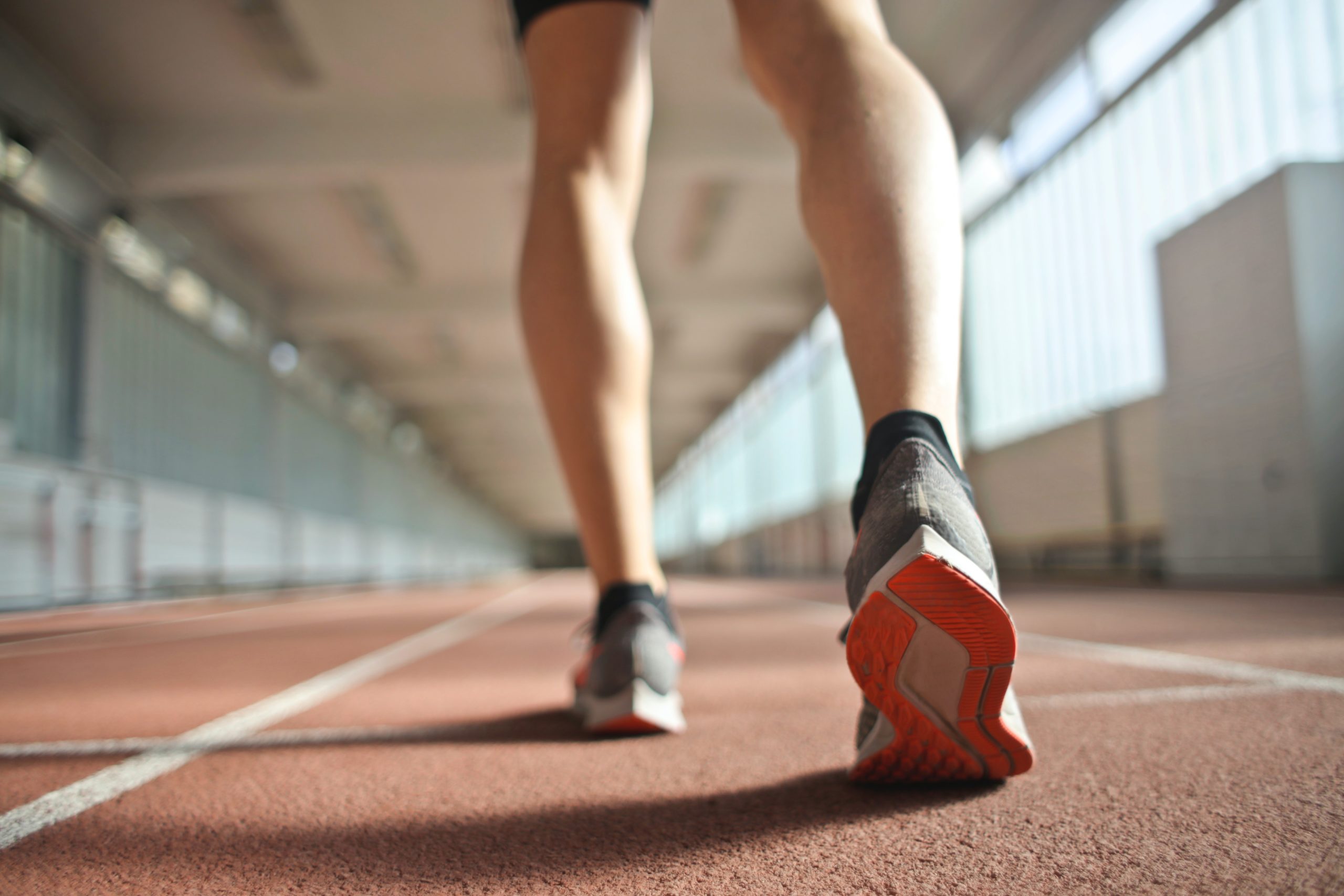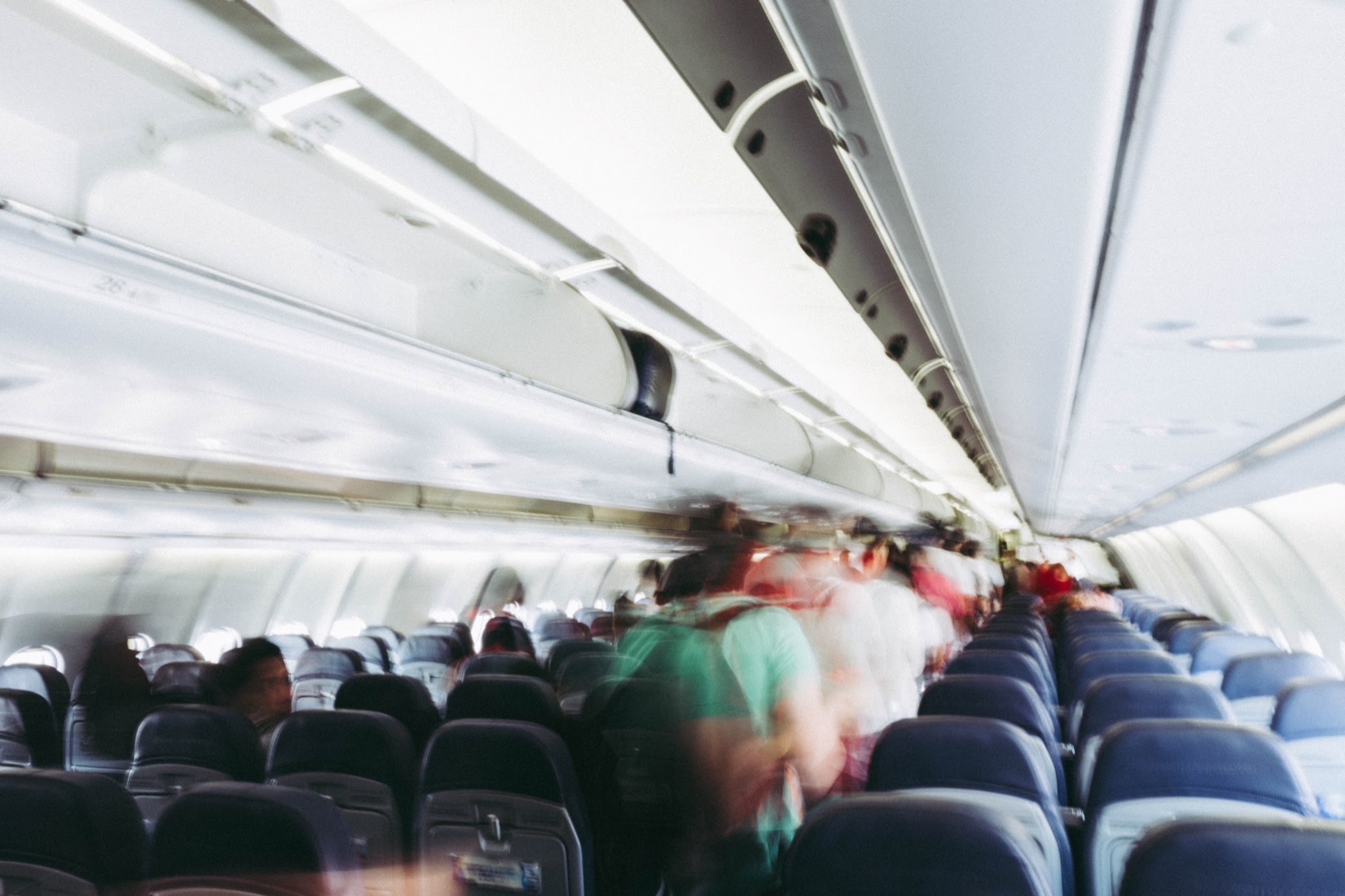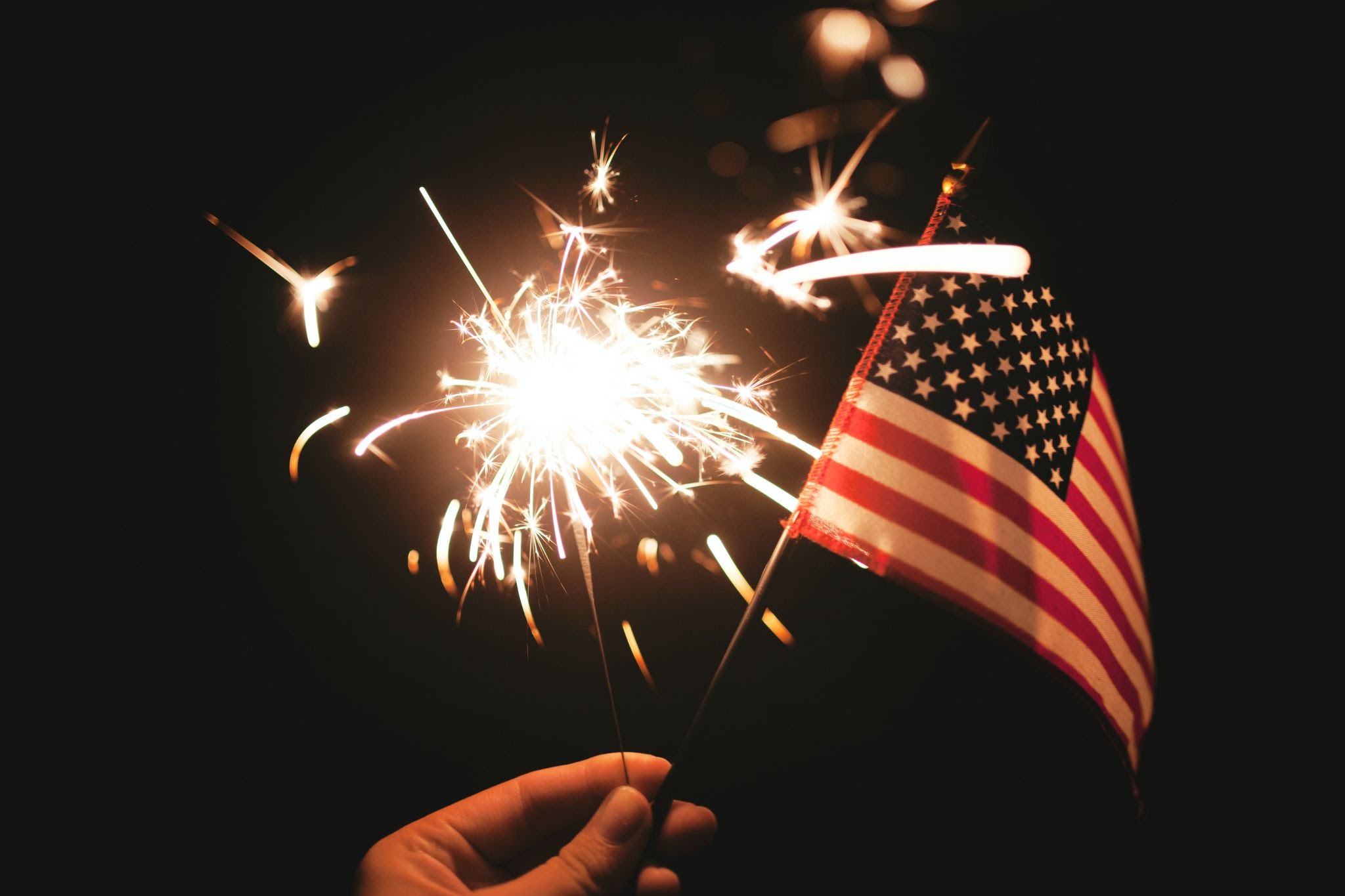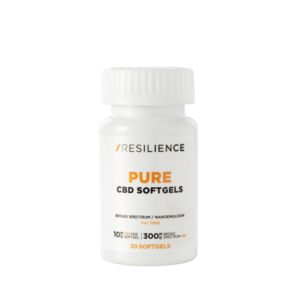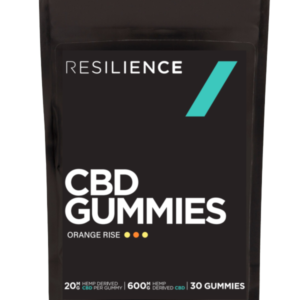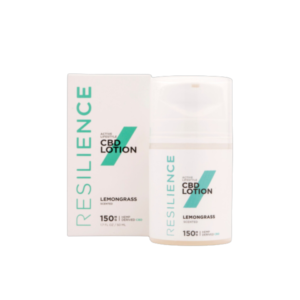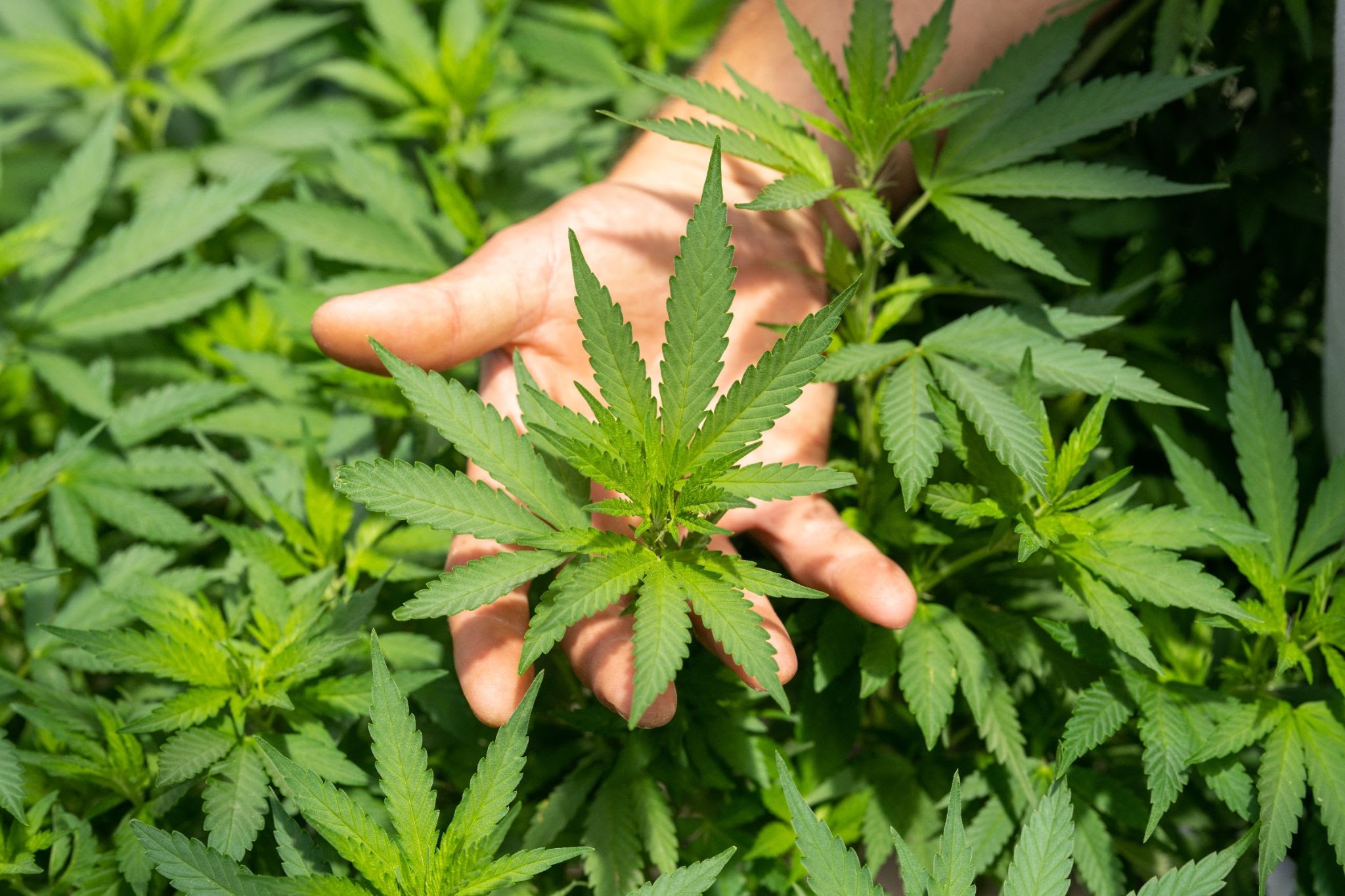
Life is a daily grind. And for athletes, it’s doubly so.
In order to meet your goals and then push past them, it takes dedication, repetition, and perseverance. But sometimes, aches can get in the way. Whether it’s the result of aging, activity, or some combination of both, when pain rears its ugly head, it obstructs your progress.
But you can’t let pain dictate your life. Especially not when there are useful therapies that can provide relief and supercharge recovery, empowering you to push through and persevere.
Do you suffer from daily aches and discomfort or post-exercise induced pain? Then a topical CBD cream for pain relief may be the solution. A CBD topical can help bring temporary relief to any muscle ache or stiffness after a hard workout.
Key Takeaways:
- There’s a difference between good and bad pain. It’s critical that you understand it.
- DOMS and post-exercise induced inflammation are the most common sources of “good” soreness and discomfort.
- A CBD cream or CBD salve can help with both DOMS and post-exercise induced inflammation. This is one of the many uses for CBD cream.
What is The Difference Between Good and Bad Pain?
Athletes know that having some level of discomfort is a normal facet of athletic training, especially if you’re pushing hard to accomplish a task—whether it’s lifting more weight, running faster, jumping higher, or simply improving the fundamentals of your game.
Fatigue and muscle soreness are positive signs that you’ve worked hard. Typically, burning muscles during a workout are your body’s way of signaling that it’s time to stop. And achy muscles the next day are its way of communicating that they need to rest and recover.
But you need to be cautious. As you’re probably all too well aware, not all pain is positive. You can’t push too hard, too fast, or exercise too often, especially in the early phases of training.
That’s how serious injuries occur.
You must be patient and listen to your body to determine a cut-off point before a great workout can take a turn for the worse. But what are the signs of bad pain? According to John Hopkins Medicine:
The muscles, tendons, ligaments, cartilage and bones of the body are living structures that react to the stress of exercise only gradually. If they see stress too fast, they cannot respond effectively and may begin to fail. The causes of the failure can be too much stress too fast, or the accumulation of excessive stress over time. When this occurs, each one of these tissues responds a little differently. This can result in bad pain.
Put simply, too much stress—particularly on the ligaments, tendons, and cartilage—can result in long-term health problems. So, be on the lookout for the following indicators of bad pain, such as:
- Sudden pain, often felt like a pop, crack, or feeling that something’s just not right
- Pain in the joints
- Pain that is unequally distributed to one side
- Pain that is pinpointed to a specific area rather than spread out
- Swelling
If you experience any of these during a workout, stop immediately before you exacerbate the potential injury. Give your body a few days of rest to determine whether it’s minor feedback or indicative of something more serious.
What Causes Achy Muscles and Soreness After a Workout?
Even “good” pain can interrupt your daily workout routine. Because of that, you need to know what causes sore muscles and what you can do to mitigate it.
Typically, muscle soreness manifests within a day or two after a hard workout. The level of soreness is contingent upon several factors, including:
- Your age and weight
- Your fitness levels
- The duration and intensity of the workout
In the early phases of athletic training, it’s far more likely that you’ll experience higher levels of soreness. But with continued persistence, your body will adapt over time. As a result, it will take increasingly more stress to feel that burn. That doesn’t mean all soreness will go away, but it likely won’t hamper you in quite the same way, particularly if you practice healthy recovery techniques.
In most cases, good pain is caused by one of two things:
Delayed-Onset Muscle Soreness (DOMS)
DOMS is muscle pain that begins about twelve hours after a workout and intensifies for the next 24 to 48 hours as the muscles reknit themselves. This soreness is caused by high-intensity exercise, which results in tiny microscopic tears in your muscle fibers. Common types of athletic activities that cause DOMS include:
- Strength training
- Walking down hills
- Jogging
- Swimming
- Stepping or climbing
- Jumping
Typically, DOMSresults from eccentric muscle contractions, which Science Direct defines as “Eccentric contraction occurs when the total length of the muscle increases as tension is produced. For example, the lowering phase of a biceps curl constitutes an eccentric contraction. Muscles are capable of generating greater forces under eccentric conditions than under either isometric or concentric contractions.”
Besides local muscle pain, there are several symptoms of DOMS, including:
- Swelling of the affected limbs
- Stiffness of the joint accompanied by a temporary reduction in a joint’s range of motion
- Tenderness to the touch
- Temporary reduction in strength of the affected muscles (lasting days)
Fortunately, DOMS is almost always a temporary discomfort. Time and recovery therapies will usually help you get back to normal.
Exercise-Induced Inflammation
Your body’s immune response to physical activity often manifests as inflammation. When that happens, it causes your joints to feel swollen and achy.
That said, although it causes discomfort, its intended purpose is to spur on recovery. According to NCBI:
Inflammation is a biological response of the immune system that prevents, limits, and repairs damage by invading pathogens or endogenous biomolecules. Although acute inflammation is a transient inflammatory response and is beneficial to the organism, a persistent inflammatory response is associated with tissue dysfunction and pathology
Acute inflammation is a normal reaction to high-intensity exercise and should only cause temporary discomfort. Fortunately, it can be mitigated with the proper therapies and diet.
CBD for Aches and Discomfort
So, does CBD cream for pain work?
It most definitely can, particularly for minor aches and soreness caused by DOMS and post-exercise induced inflammation. And every day, seemingly more athletes are adding CBD into both their pre-workout prep and post-workout recovery routines. That’s because CBD is one of the best natural therapies available.
But why, exactly?
To understand that, you need to take a step back by observing what CBD is and how it interacts with the body.
What Is CBD?
CBD is a powerful cannabinoid found in the cannabis plant. While there are more than 100 unique cannabinoids, the other one you’re likely familiar with is THC—the primary cannabinoid found in marijuana, an offshoot of the cannabis family.
Both THC and CBD interact with the endocannabinoid system (ECS), which is responsible for regulating and controlling various bodily functions, including:
- Analgesia (inability to feel pain)
- Addictive behavior
- Food intake
- Immunomodulation
- Inflammation
- Motor function
- Memory
It’s important to note that there’s a major difference between CBD and THC. THC is psychoactive and directly attaches to cannabinoid receptors, whereas CBD is non-psychoactive and merely stimulates the same receptors. Unlike THC, which causes the tell-tale “high,” CBD doesn’t have the same inhibiting effects.
This makes CBD from hemp extract a much more effective and safe therapeutic option than marijuana.
How Athletes Can Use CBD for Relief
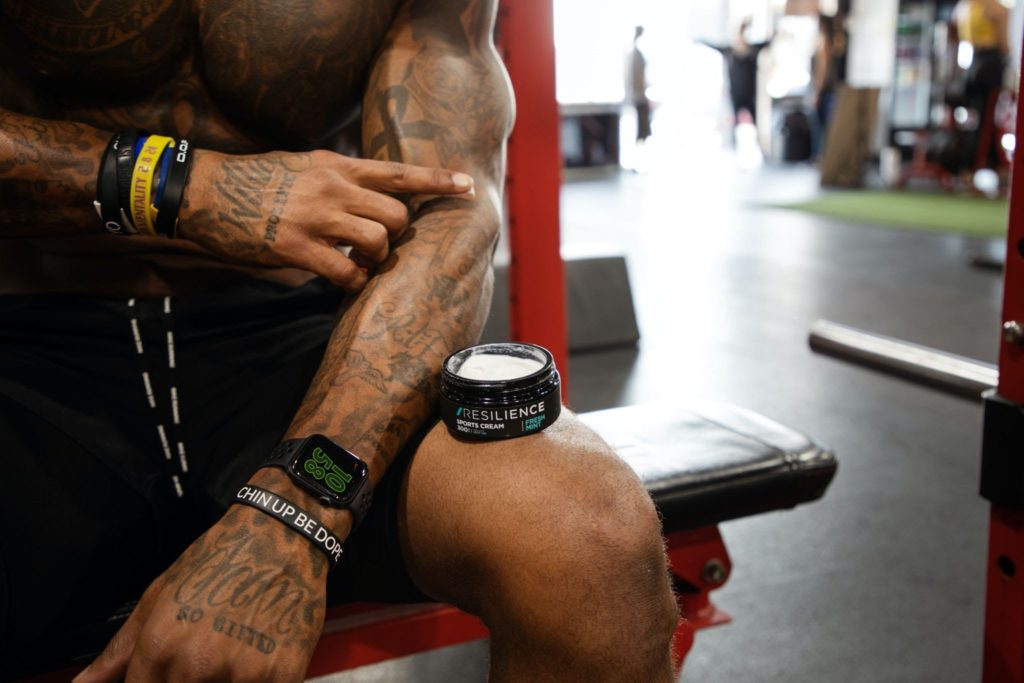
To get the most use out of your CBD product, it’s smart to attack pain from two different directions:
- Topically – Topical CBD creams allow you to target any sore muscle and joint pain at their source. Thanks to your skin’s absorbent nature, CBD pain relief cream almost immediately sinks in and goes to work. And the inherent relieving properties of a CBD balm are only enhanced by other natural ingredients like eucalyptus and menthol.
To use CBD topical cream, simply massage the problem area after your workout is complete. Within minutes, the CBD ointment will start going to work on those achy muscles and joints.
- Orally – You can provide additional relief to any sore muscle by taking oral CBD applications such as CBD gummies. Additionally, taking CBD as a part of your recovery routine can provide other helpful benefits such as promoting sleep, which is critical for recovery.
There are also other CBD products that may help your recovery, like CBD oil or CBD lotion. CBD won’t cure your ailments, nor will it completely mask pain. CBD ointment and other CBD products can, however, supercharge your recovery and make sports-related soreness more manageable.
Other Therapies for Pain
A recovery plan needs to attack pain from multiple angles. CBD can play an essential role in that, but it requires a team effort. Consider taking the following steps to protect your body, including:
- Get plenty of sleep – Sleep is one of the most important ways your body recovers and heals itself. Fortunately, this is another area where CBD can assist.
- Eat healthy – Post-exercise induced inflammation can be spurred on by a poor diet. Be sure to include plenty of greens and anti-inflammatory foods while cutting out sugar and processed foods.
- Stretch – Stretching before and after a workout is one of the best ways you can prevent a major injury from occurring. Currently, most athletic trainers advise that athletes engage in dynamic stretching.
- Hydrate – Drinking plenty of water is vital for your health, performance, and recovery. When you’re dehydrated, you’re more prone to injuries.
- Massage/acupuncture – If there’s room in your budget, both of these activities are incredibly helpful for loosening up tight muscles.
Resilience—CBD For Athletes
As an everyday athlete, you must push your body daily in the pursuit of growth and vitality. Recovering mentally and physically is an important part of ensuring that you continue to crush your goals.
Unfortunately, pain can stop that progress. But it doesn’t have to.
With a topical CBD product and oral applicants, you can address muscle aches and soreness at their source. CBD pain cream can provide temporary relief. And here at Resilience CBD, we’ve purposefully designed our product to help athletes supercharge their recovery.
But don’t take our word for it. Try it for yourself. See the difference CBD can make in your active lifestyle.
 Written by: Michael Tatz | Linkedin
Written by: Michael Tatz | Linkedin
Michael Tatz is the Co-Founder of Resilience CBD, and a passionate leader in the health & fitness world helping others rise to and crush their wildest goals. A former Division 1 college wrestler, Army Officer, and investment manager at Goldman Sachs, he has pushed his body and mind to the limits on the mats, dressed in camo, and in the boardroom.
Today, he spends his time leading Resilience CBD to develop the absolute best recovery products for athletes everywhere. Resilience was founded after CBD personally impacted Michael’s life, and the brand was built to partner with everyday athletes in pursuit of conquering their most difficult challenges, rebounding after their toughest performances, and rising to their goals that once seemed impossible.
Sources
John Hopkins Medicine. Good Pain’ Versus ‘Bad Pain’ for Athletes. https://www.hopkinsmedicine.org/orthopaedic-surgery/about-us/ask-the-experts/pain.html
Science Direct. Eccentric Muscle Contractions. https://www.sciencedirect.com/topics/medicine-and-dentistry/eccentric-muscle-contraction
ACSM. Delayed Onset Muscle Soreness. https://www.acsm.org/docs/default-source/files-for-resource-library/delayed-onset-muscle-soreness-(doms).pdf?sfvrsn=8f430e18_2
NCBI. Exercise-induced immune system response: Anti-inflammatory status on peripheral and central organs. https://www.ncbi.nlm.nih.gov/pmc/articles/PMC7188661/
NCBI. The Endocannabinoid System and Pain. https://www.ncbi.nlm.nih.gov/pmc/articles/PMC2834283/
